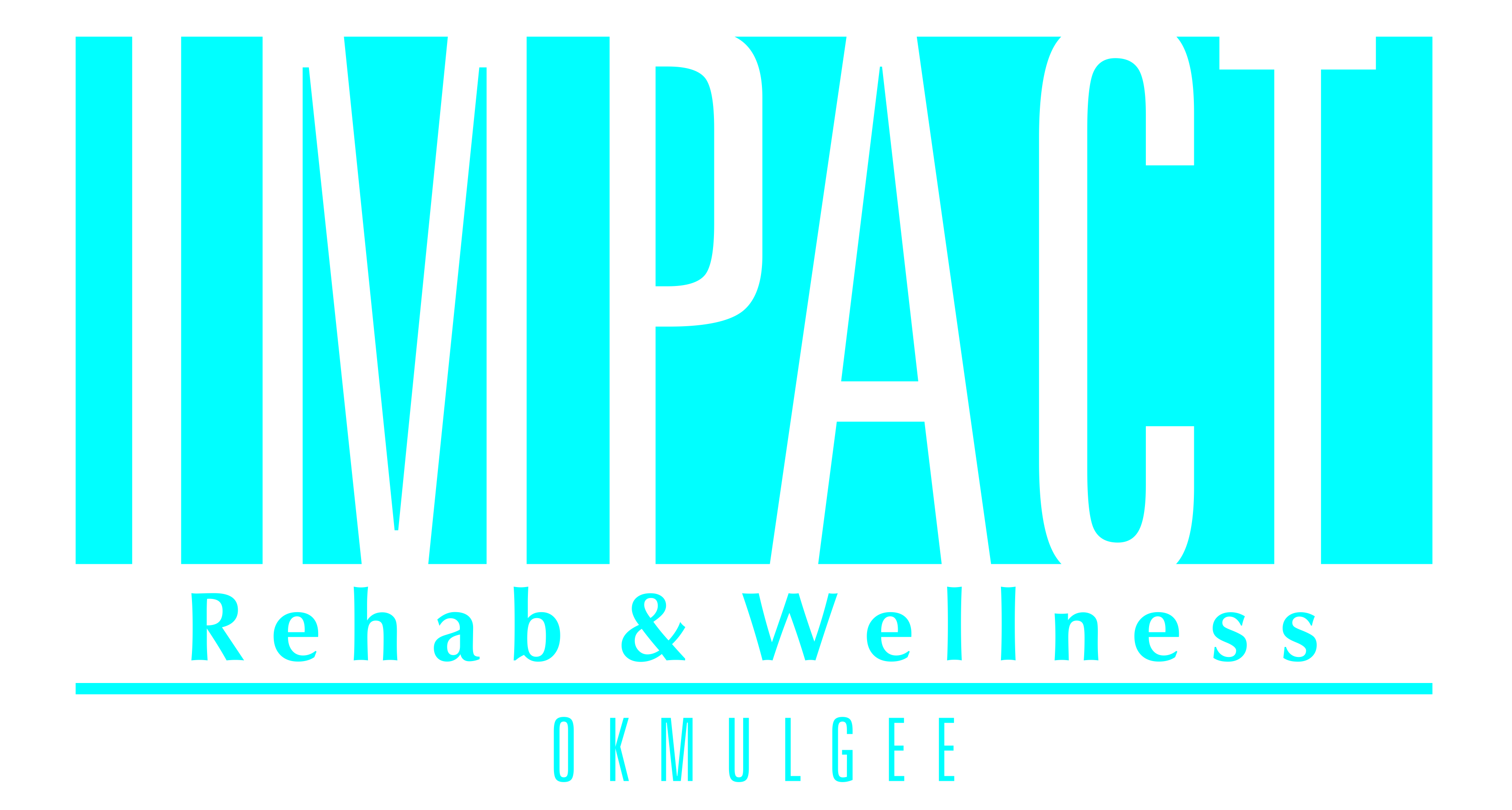The burden of musculoskeletal conditions is significant in terms of treatment and care. These conditions impact your quality of life, mobility, and productivity. This results in more missed days at work. In 2011, the annual U.S. cost for treatment and lost wages related to musculoskeletal disorders was $213 billion. That, on its own, is significant. Now, add the burden of other conditions such as diabetes, heart disease, and obesity on top of musculoskeletal conditions and the total indirect and direct costs rose to $796 billion.
The costs of musculoskeletal diseases and injuries:
- In 2010, 18% of all healthcare visits were related to musculoskeletal conditions. This includes 52 million visits for low back pain and 66 million for bone and joint injuries.
- The average annual cost per person for treatment of a musculoskeletal condition is $4,141.
- In 2011, the estimated annual cost for medical care to treat all forms of arthritis and joint pain was $580.9 billion.
- 25.5 million people lost an average of 11.4 days of work due to back or neck pain, for a total of 290.8 million lost workdays in 2012 alone.
With billions of dollars being spent every year on musculoskeletal disorders and other preventable diseases, population health is on the rise.
We are proud to be on the forefront of the population health movement! We can help identify risky individuals and provide the resources they need to reduce their risk for injury. Population health is invaluable.
Our process is based upon Move, Fuel, and Recover.
MOVE: Proper movement is essential to your overall health.
By utilizing the Functional Movement Screen, along with other tools, we can determine your movement competency. From there, we can develop customized programs to help improve fundamental movement and strength. This will help to reduce your likelihood of injury and improve your movement efficiency.
FUEL: Nutrition is the key to managing bodily stress, promoting recovery, and preventing both injury and fatigue.
There have been research studies that looked at a link between waist circumference and soft tissue injuries. These studies have found that, “soft tissue injuries drop in concordance with a decrease in waist circumference for workers.”
We provide the information you need to make the best decisions for yourself. This includes: how to choose a balance of healthy foods, what the current research says regarding different “fad diets,” how to build healthy nutritional habits, and how to use nutrition to mitigate inflammation.
RECOVER: Recovery is an accumulation of proper corrective exercise (movement), nutrition, and sleep practices.
Data shows proper recovery is directly related to a reduction in risk of injury, an increase in worker effectiveness, and a reduction in chronic, preventable illnesses.
How We Can Help
Using these strategies (Move, Fuel, Recover) we can help improve the health of your employees. This will lead to fewer missed work days due to illness or injury. Additionally, it will provide valuable information that could reduce insurance costs.
If you’d like to learn more about Population Health, feel free to contact us!
– Michael Siegenthaler, PT, DPT
Sources
HCUP Nationwide Inpatient Sample (NIS). Healthcare Cost and Utilization Project (HCUP). 2011. Agency for Healthcare Research and Quality, Rockville, MD. www.hcup-us.ahrq.gov/nisoverview.jsp
Kim, S., Son, J., So, J. et al. The Relationship between Waist Circumference and Work-related Injury in Reference to the Fourth Korea National Health and Nutrition Examination Survey. Ann of Occup and Environ Med 25, 29 (2013). https://doi.org/10.1186/2052-4374-25-29
Medical Expenditures Panel Survey (MEPS), Agency for Healthcare Research and Quality, U.S. Department of Health and Human Services, 1996-2011 http://meps.ahrq.gov/mepsweb/ AND Current GDP multiplied by inflation factors calculated per http://meps.ahrq.gov/mepsweb/about_meps/Price_Index.shtml.
National Health Interview Survey (NHIS)_Adult sample. www.cdc.gov/nchs/nhis/nhis_2012_data_release.htm.
National Health Interview Survey (NHIS), Person Sample. http://www.cdc.gov/nchs/nhis/nhis_2012_data_release.htm.
U.S. Government Printing Office. Budget of the United States Government. Available from: https://www.gpo.gov/fdsys/browse/collectionGPO.action?collectionCode=BUDGET.
United States Bone and Joint Initiative: The Burden of Musculoskeletal Diseases in the United States (BMUS), Fourth Edition, forthcoming. Rosemont, IL. Available at http://www.boneandjointburden.org. Accessed on 2/19/2020.
